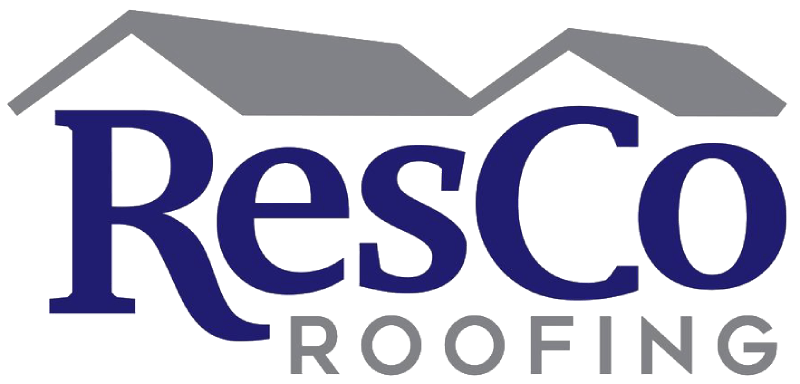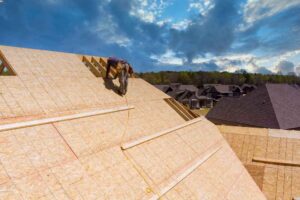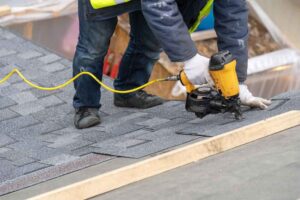Top 6 Materials for Durable Roofing: A Contractor Roofing Expert’s Guide
Roofing is not just about shelter, it’s about longevity, resilience, and aesthetics. As a contractor, your choice of materials can make or break a project. Welcome to our comprehensive blog post: Top 6 Materials for Durable Roofing: A Contractor roofing expert’s Guide. In this enlightening article, we’ll journey through the world of roofing materials, from traditional tiles to modern metal roofs, from classic wood shakes to innovative synthetic slates. We’ll delve into their unique strengths, potential drawbacks, and suitability for different climates and architectural styles. This guide aims to arm you with the knowledge to make informed decisions that will leave your clients not just satisfied, but thrilled with your work. So, strap in and prepare for a deep dive into the world of durable roofing materials!
Asphalt Shingles: The All-Around Champion
Asphalt shingles have become an irrefutable champion in the roofing industry, adorning countless homes with their versatile beauty and durability. They reign supreme due to their cost-effectiveness and ease of installation, making them a popular choice for contractors and homeowners alike. With a variety of styles and colors available, asphalt shingles offer the flexibility to match any architectural style, enhancing the curb appeal of the home while providing robust protection against the elements.
One of the main reasons asphalt shingles are a go-to choice for roofing contractors is their straightforward installation process. Time is a crucial factor in any construction project, and the relatively quick application of asphalt shingles helps keep the project on schedule. This efficiency does not compromise the quality of the roof, as these shingles are designed to withstand varying weather conditions, adding to their allure.
Another factor that elevates asphalt shingles to their champion status is their adaptability. Whether it’s a modern suburban home or a quaint country cottage, these shingles can complement any home style. They are available in a range of colors, from natural wood tones to more vibrant shades, enabling homeowners to customize their roofs to their taste and the aesthetic of their property.
In conclusion, asphalt shingles’ popularity is well-earned. Their durability, versatility, and cost-effectiveness make them an all-around champion in the roofing industry. For contractors, they represent a reliable and attractive option that caters to a wide range of customer preferences and needs. Indeed, when it comes to roofing materials that offer a winning combination of aesthetics and performance, asphalt shingles take the crown.
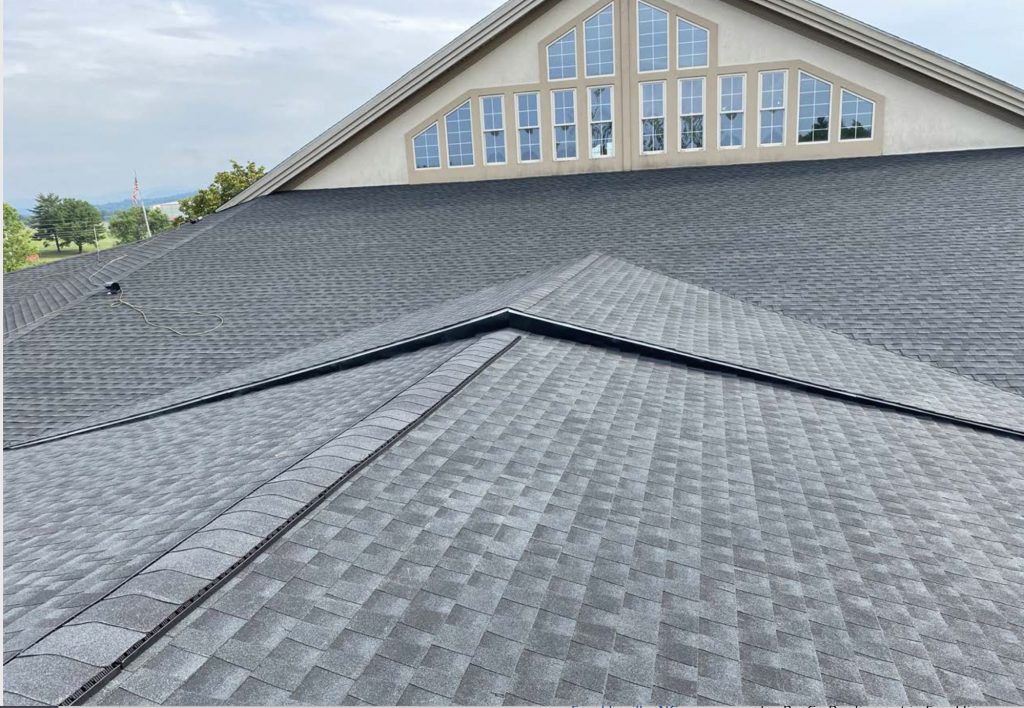
Metal Roofing: The Long-Lasting Warrior
Metal roofing has emerged as a long-lasting warrior in the realm of roofing materials, offering a host of benefits that extend beyond its durability. Known for its robustness and ability to withstand various weather conditions, metal roofing is an investment that pays off in the long run. Its resilience against impact, wind, and solar damage makes it a preferred choice for contractors aiming to deliver a roof that can stand the test of time.
One of the notable advantages of metal roofing is its energy efficiency. By reflecting the sun’s UV and infrared light rays, metal roofs help mitigate roof surface radiant heat, leading to significant reductions in cooling costs. This feature not only makes homes more comfortable during hot summer days but also contributes to more sustainable living by reducing energy consumption.
Another compelling attribute of metal roofing is its fire-resistant properties. In the event of a fire, a metal roof won’t burn, providing an additional layer of safety to the structure it covers. This resistance to fire makes metal roofing a secure choice, offering peace of mind to homeowners and reinforcing the reputation of contractors who prioritize safety in their projects.
In terms of aesthetics, metal roofs can dramatically improve the curb appeal of a home. Available in various styles and finishes, they can enhance the visual charm of any property, potentially increasing its value. Contractors can leverage this aspect to create visually captivating roofs that not only protect the building but also augment its overall appeal. With its long-lasting durability, energy efficiency, fire resistance, and aesthetic versatility, metal roofing truly stands as a formidable warrior in the roofing industry.
Slate Tiles: The Classic Beauty
Slate tiles have long been recognized as a classic beauty in the world of roofing materials. Their elegant, natural appearance and enduring strength make them a coveted choice for those seeking to combine aesthetics with durability. With their timeless charm and impressive lifespan, slate tiles are an investment that enhances the value of any property they grace.
The durability of slate tiles is truly exceptional. These tiles are renowned for their ability to withstand harsh weather conditions, from scorching summers to icy winters. Their resilience makes them a popular choice among contractors looking to provide their clients with a roof that not only looks exquisite but also offers exceptional longevity.
Beyond their robustness, slate tiles offer an aesthetic appeal that is truly unique. Each tile boasts a distinct natural pattern and color variation, lending a charm that is both rustic and refined. This means that every slate roof is truly one-of-a-kind, offering contractors the opportunity to create bespoke roofing solutions that cater to each client’s individual style and taste.
In conclusion, slate tiles encapsulate the perfect blend of beauty and strength. Their classic appeal and remarkable durability make them a standout choice in the realm of roofing materials. For contractors, they offer the chance to deliver a roofing solution that will stand the test of time while enhancing the visual appeal of the property. There’s no denying it – slate tiles truly are the classic beauty of the roofing world.
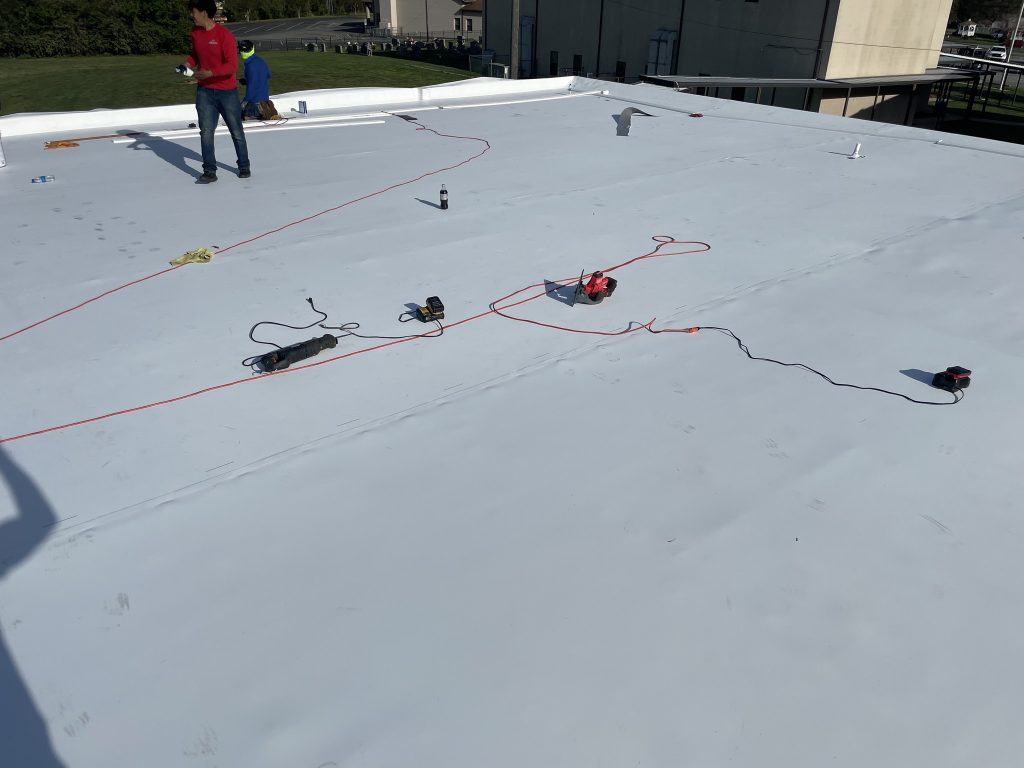
Clay and Concrete Tiles: The Sturdy Performers
Clay and concrete roofing tiles have earned their reputation as sturdy performers in the roofing industry. Known for their exceptional durability, these tiles can last over a century when properly installed, outperforming many other roofing materials. Their resilience is impressive, withstanding various weather conditions and requiring minimal maintenance, making them a preferred choice for contractors seeking long-lasting roofing solutions.
A key feature of both clay and concrete tiles is their underlayment, which plays a critical role in enhancing their service life. This robust layer beneath the tiles contributes significantly to the roof’s overall strength and stability. It’s a testament to the thoughtful design and construction of these tiles, ensuring they not only look good but also stand strong against the elements.
While known for their strength, clay and concrete tiles are not impervious to damage. They can break if walked on improperly or hit by falling debris. However, the beauty of these tiles lies in their modular nature – damaged tiles can be individually replaced, reducing the hassle and cost of repairs. This characteristic adds another layer of convenience for contractors and homeowners alike.
In terms of aesthetics, clay and concrete tiles offer a classic appeal that can elevate the look of any home. Available in a range of styles and colors, these tiles can match various architectural styles, adding an element of timeless elegance. For contractors, clay and concrete tiles represent a winning combination of durability and beauty, solidifying their status as the sturdy performers of the roofing world.
Wood Shingles: The Natural Choice
Wood shingles, particularly those made from varieties like white oak, chestnut oak, and western red cedar, offer a unique blend of natural beauty and durability that makes them a standout choice in the roofing industry. Known for their weather resistance and flexibility, wood shingles can effectively withstand UV rays, insects, and moss, making them a reliable option for contractors aiming for both aesthetics and longevity in their projects.
One of the significant advantages of wood shingles is their sustainable nature. As a renewable resource, wood ensures that the roofing solutions provided are not only sturdy but also environmentally friendly. This aspect of wood shingles aligns perfectly with the growing trend towards sustainable living, making them an appealing choice for homeowners who wish to reduce their environmental impact.
Furthermore, wood shingles are naturally energy-efficient. Their insulating properties help keep homes cool in the summer and warm in the winter, contributing to reduced energy consumption and costs. This energy efficiency, coupled with their natural resilience, enhances the appeal of wood shingles, offering a roofing solution that is as practical as it is attractive.
In terms of aesthetics, wood shingles add a classic touch to any home. Their natural texture and color variations create a rustic charm that can elevate the visual appeal of a property. For contractors, the ability to provide a roofing solution that combines beauty, strength, and sustainability is a testament to their commitment to quality and environmental responsibility. Indeed, wood shingles stand as a natural choice in the world of roofing, offering a harmonious blend of functionality and design.
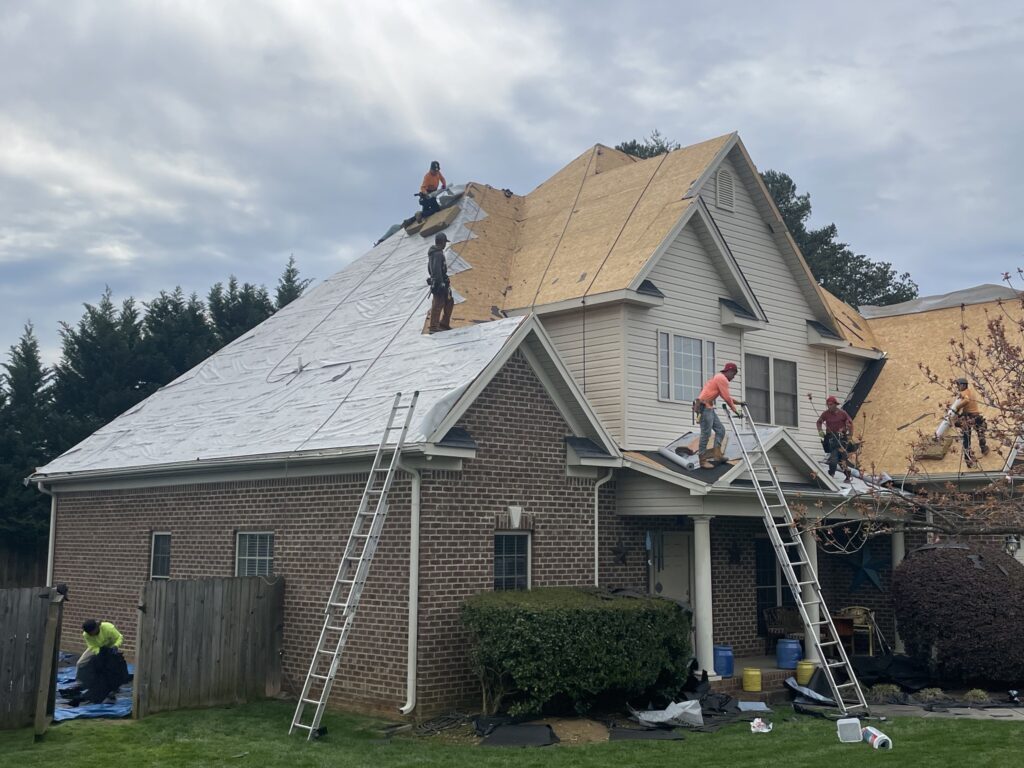
Synthetic Roofing: The Innovative Option
Synthetic roofing, a product of modern innovation, is swiftly gaining popularity in the realm of construction. This type of roofing material, often referred to as composite shingles, is made from a blend of rubber and plastic, resulting in a product that boasts both durability and low maintenance. Its remarkable resilience makes it an attractive option for contractors seeking robust, long-lasting roofing solutions.
One of the standout benefits of synthetic roofing is its ability to withstand extreme weather conditions. Whether it’s blistering heat, icy winters, or punishing storms, synthetic roofs hold their ground impressively. The inherent flexibility of the materials used in their construction allows them to endure stress without compromising on performance, making them a reliable choice for regions with volatile weather patterns.
In addition to their strength, synthetic roofs are also recognized for protecting against harmful ultraviolet rays. This quality not only adds to the lifespan of the roof but also contributes to energy efficiency by reducing heat absorption. This can result in lower cooling costs during warm seasons, making synthetic roofing a practical choice for homeowners and a selling point for contractors.
Aesthetically, synthetic roofing can mimic the look of traditional materials like wood, slate, or clay, offering the charm of these classics with the added benefits of modern technology. This versatility in appearance means that synthetic roofs can complement a wide range of architectural styles while providing superior performance. For contractors, synthetic roofing represents an innovative option that combines the best of both worlds – the timeless appeal of traditional materials and the advanced durability of modern technology.
In conclusion, the material you choose for your roofing project will significantly impact the roof’s longevity, appearance, and performance. Each material has its own set of benefits and drawbacks, so it’s essential to consider factors like climate, building structure, budget, and aesthetic preference when making your decision. As a roofing contractor, understanding these options empowers you to guide your clients toward the best choice for their specific needs, ensuring a roof that not only looks great but stands strong for years to come. So, whether you choose clay and concrete, wood shingles, or synthetic roofing, make sure to select a material that aligns with your project’s requirements and delivers on both form and function. Happy roofing!
